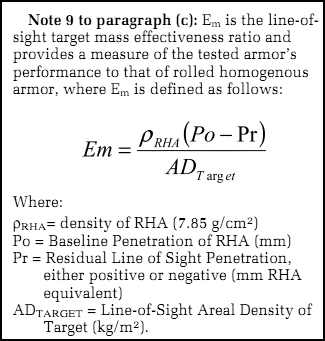 WikiLeaks has gotten the State Department so flustered that it is leaking its own documents. Today DDTC posted a working document discussing proposed changes to Category XII of the United States Munitions List (“USML”). The document had emblazoned on each page “For DTAG Discussion only, not for release outside of the DTAG.” Fortunately, there was no discussion of voluptuous Ukrainian nurses traveling with a certain flamboyant dictator. Instead, the only things of even remotely prurient interest in the document are things that would only cause the most hard-core export geeks to break a sweat.
WikiLeaks has gotten the State Department so flustered that it is leaking its own documents. Today DDTC posted a working document discussing proposed changes to Category XII of the United States Munitions List (“USML”). The document had emblazoned on each page “For DTAG Discussion only, not for release outside of the DTAG.” Fortunately, there was no discussion of voluptuous Ukrainian nurses traveling with a certain flamboyant dictator. Instead, the only things of even remotely prurient interest in the document are things that would only cause the most hard-core export geeks to break a sweat.
Category XII(b) currently controls:
Lasers specifically designed, modified or configured for military application including those used in military communication devices, target designators and range finders, target detection systems, and directed energy weapons.
The DTAG working document would substantially narrow this category. Naturally the “specifically designed, modified or configured for military application” language would go the way of VHS recorders and CRT televisions. Instead three specific classes of lasers would be called out and placed in Tier 2:
a. (ITAR T2) Lasers designed exclusively for directed energy weapons.
b. (ITAR T2) Lasers for target designators containing standard or encoded designator pulse formats
c. (ITAR T2) Lasers specifically designed for infrared countermeasures.
Under this formulation, military communications lasers and target detection systems would not be controlled by the USML and directed energy weapon lasers would only be covered if the laser was exclusively designed for directed energy weapons. And since these lasers would be in Tier 2, these lasers would be exempt from license requirements to countries that are allies and strategic partners.
Even more interesting is the language relating to the proposed new controls on Gen3 night vision:
5. (ITART2) Gen3 image intensification tubes with a FOM of XXXX or more.
6. (ITAR T3) Gen 3 image intensification tubes with a FOM of XXXX or less.
You can spend all day looking for “FOM” in the current controls for night vision set forth in the USML, so it’s interesting to see this concept, long a mainstay of provisos for night vision export licenses, take a step out of the closet and take a bow. “FOM” stands for Figure of Merit which is a performance-based measure calculated from the number of line pairs per millimeter multiplied by the signal-to-noise ratio of the image intensifier tube. Although the FOM number is left blank in the draft, it is likely to around 1600 FOM. This will eliminate most controls on night vision with an FOM under 1600 by placing it in Tier 3 where licenses will only be required for the most sensitive destinations

 Posted by
Posted by  Category:
Category: 

 One of the oft-stated goals of the White House’s export control reform initiative is to transform the
One of the oft-stated goals of the White House’s export control reform initiative is to transform the 
 A recently unsealed
A recently unsealed  In tomorrow’s Federal Register, the Department of Commerce’s Bureau of Industry and Security
In tomorrow’s Federal Register, the Department of Commerce’s Bureau of Industry and Security 

